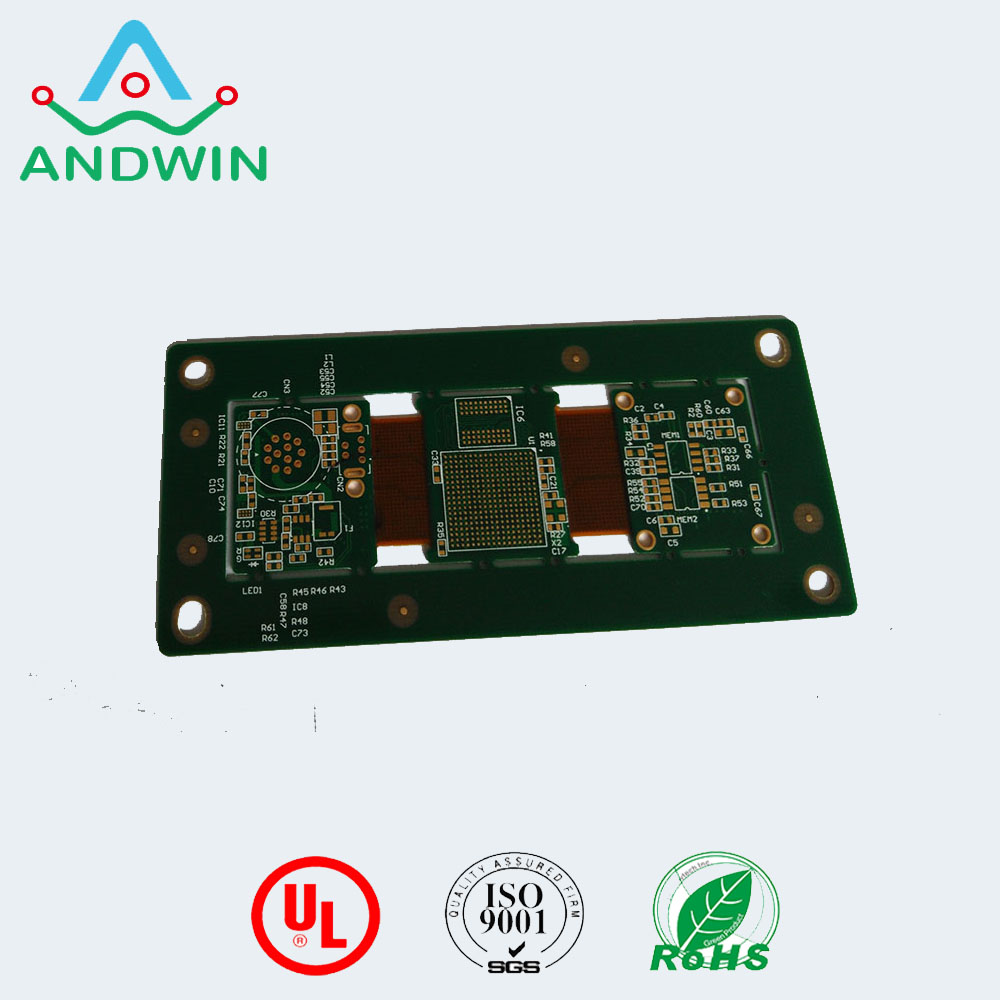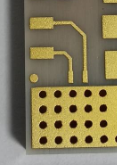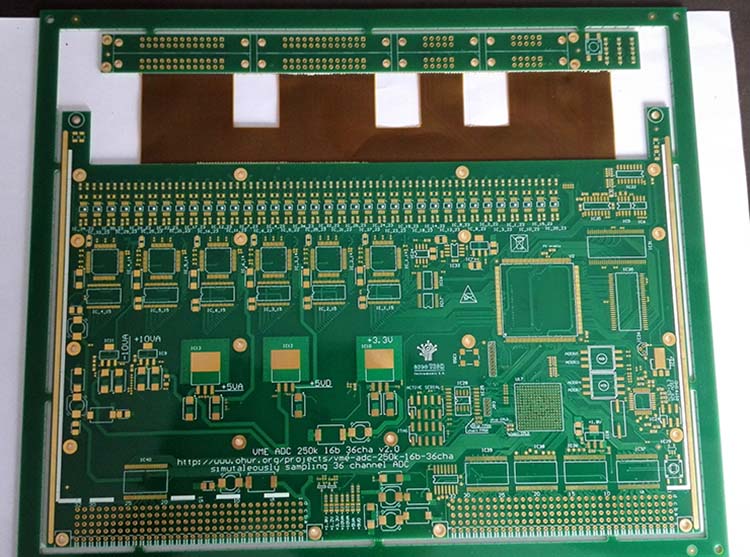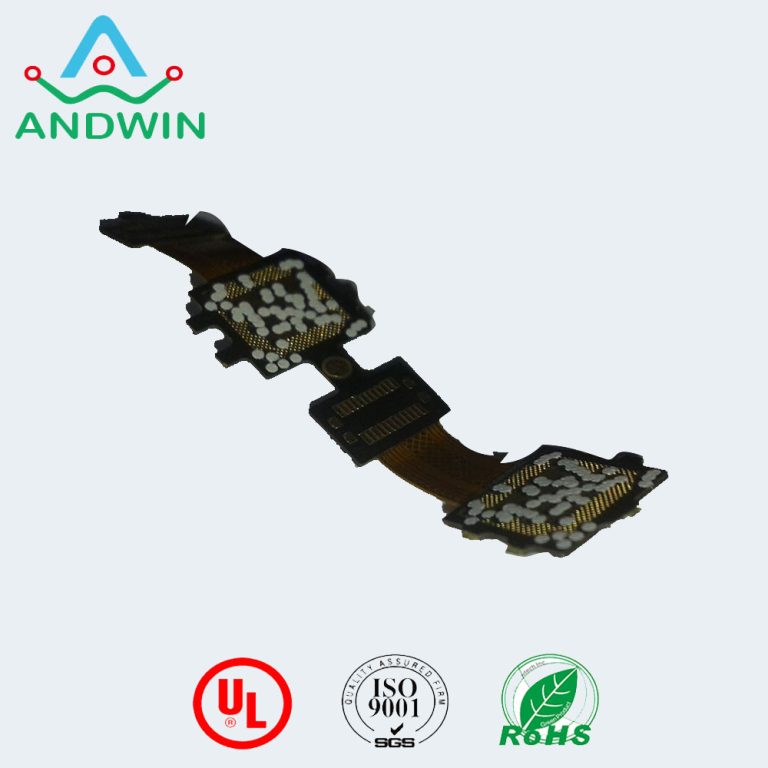Altium aluminum pcb stackup
Altium aluminum PCB stackup refers to the arrangement of layers in a printed circuit board (PCB) design that uses an aluminum core as a heat sink.

The stackup typically includes a top layer for component placement and soldering,
a signal layer for connecting the components, a power plane for providing power,
a ground plane for providing a ground connection,
and two thermal pads for providing a thermal connection between the components and the aluminum core.
The aluminum core is sandwiched between the thermal pads and provides a heat sink for the components.
The bottom layer is used to provide a ground connection to the components on the top layer.
The specific arrangement of layers in the stackup can be customized based on the requirements of the design.

types of altium aluminum pcb stackup
There are several types of Altium aluminum PCB stackup that can be used depending on the specific requirements of the design.
Some of the common types are:
1. Single-sided aluminum PCB stackup: This stackup has a single layer of aluminum core and a single layer of copper on one side.
2. Double-sided aluminum PCB stackup: This stackup has a double layer of aluminum core and two layers of copper, one on each side.
3. Multilayer aluminum PCB stackup: This stackup has multiple layers of aluminum core and copper layers, with vias connecting the layers.
4. Hybrid aluminum PCB stackup: This stackup combines aluminum core with other materials such as FR4 or ceramic,
depending on the specific requirements of the design.
5. Metal-backed PCB stackup: This stackup has a metal backing layer, such as aluminum or copper, that provides a heat sink for the components.
The specific type of Altium aluminum PCB stackup used will depend on the thermal and electrical requirements of the design, as well as the available space and budget for the project.

where is the altium aluminum pcb stackup used?
The Altium aluminum PCB stackup is used in the design and manufacturing of printed circuit boards (PCBs) that require high thermal conductivity and heat dissipation.
These types of PCBs are commonly used in power electronics,
LED lighting, automotive electronics, and other applications where heat management is critical.
The aluminum PCB stackup typically consists of a layer of aluminum core material sandwiched between layers of copper and dielectric material.
This design allows for efficient heat transfer from the components to the aluminum core,
which acts as a heat sink, dissipating the heat away from the board and preventing damage to the components.







